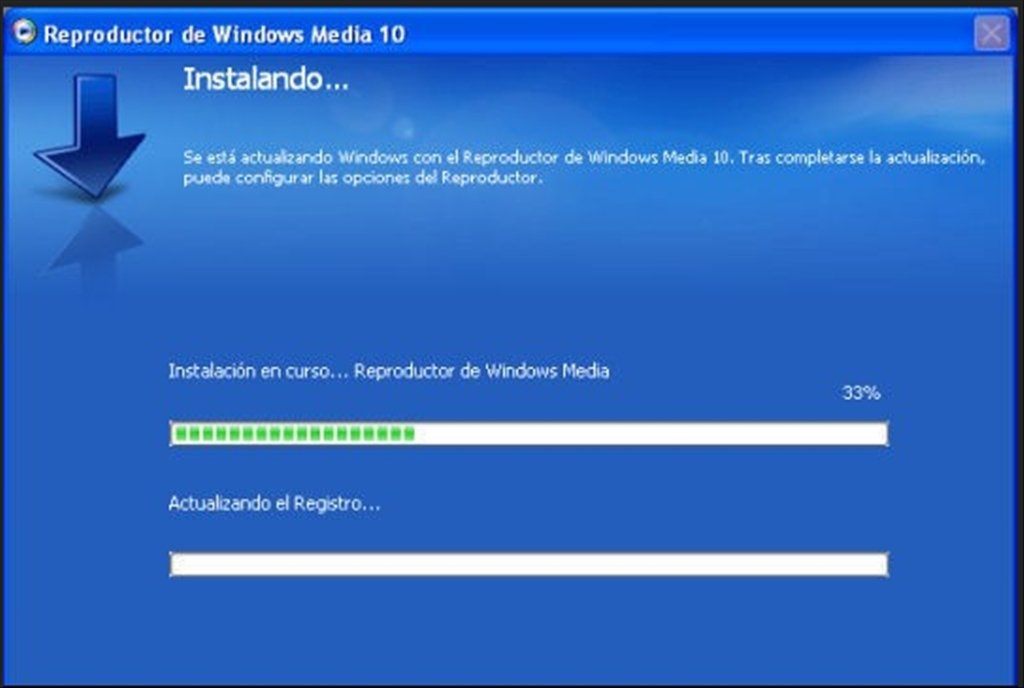

The advantage to including a piece of software in your upgrade is the added benefit of the onscreen menu and integrated remote control functions that let you control everything through a single interface. But if you want to really tie everything together into an integrated media center, you're going to want a piece of media-center software. Your PC already has a built-in CD player and DVD player, so you simply need to connect your PC to your TV and your speaker setup using the available outputs on your computer. Technically, this is all you need (and maybe a little more than you need) to use your PC in your home theater. a remote-control setup, including transmitter, receiver and, if you'll be using an external receiver for your speakers, a control cable to connect your PC to the receiver.a TV tuner, preferably with DVR capability so you can record programs and skip commercials (you can buy a standalone TV tuner or else upgrade your video card to one that includes a tuner).In this article, we'll find out what makes a PC a "media center," how it fits into a home theater and what you can do with it. Media-center PCs are made for the home theater in terms of audio and video support, and they maintain all of the functions we've come to expect from a home computer. The newest attempts at capitalizing on digital overlap skip the small stuff and go all the way to complete integration. Do you notice some overlap? Electronics companies have been trying to build on that overlap for years in products like WebTV, AccessDTV, digital-media servers and computers like the Sony Vaio, an early attempt at a "media-center PC."

In the entertainment area, we'd watch and record TV and movies and listen to our CDs and MP3s. In the computing area, we'd browse the Web, send e-mail, maybe do some work, write papers for school, download MP3s and movies, create CDs, and edit video and photos. Until recently, the typical digital home was divided into two segments: computing and entertainment.


 0 kommentar(er)
0 kommentar(er)
